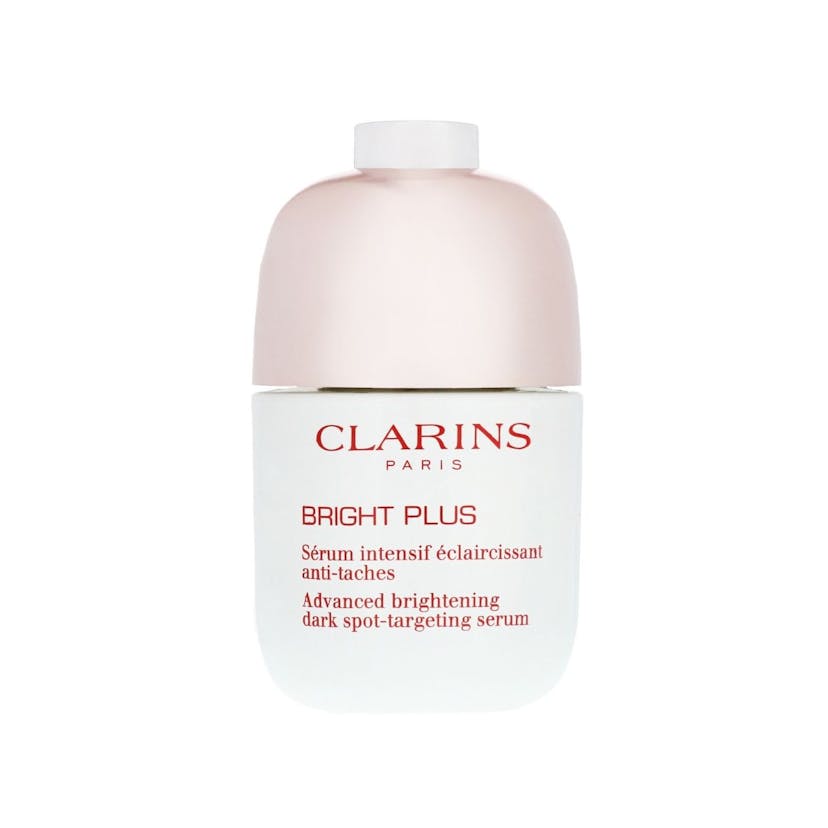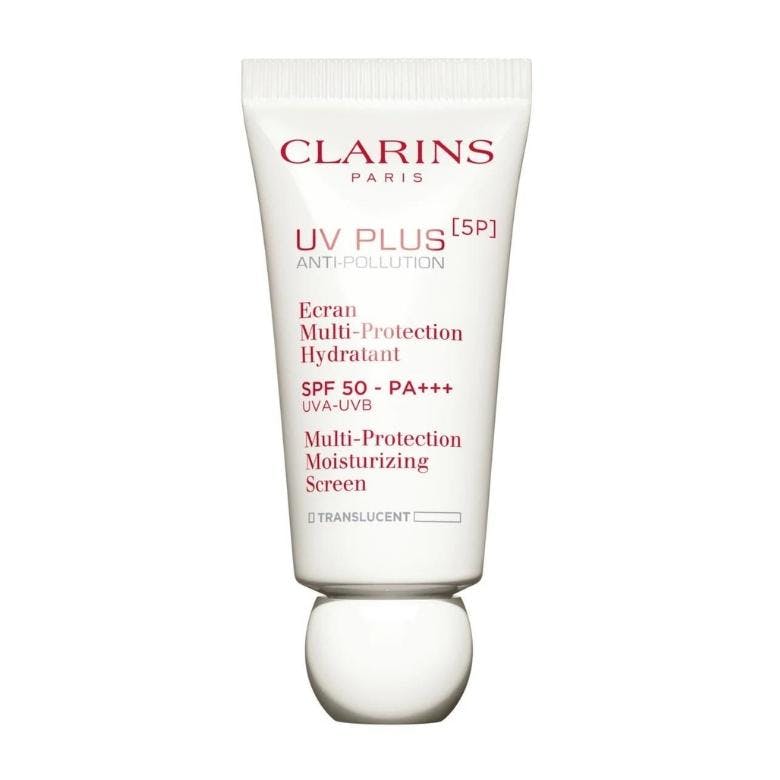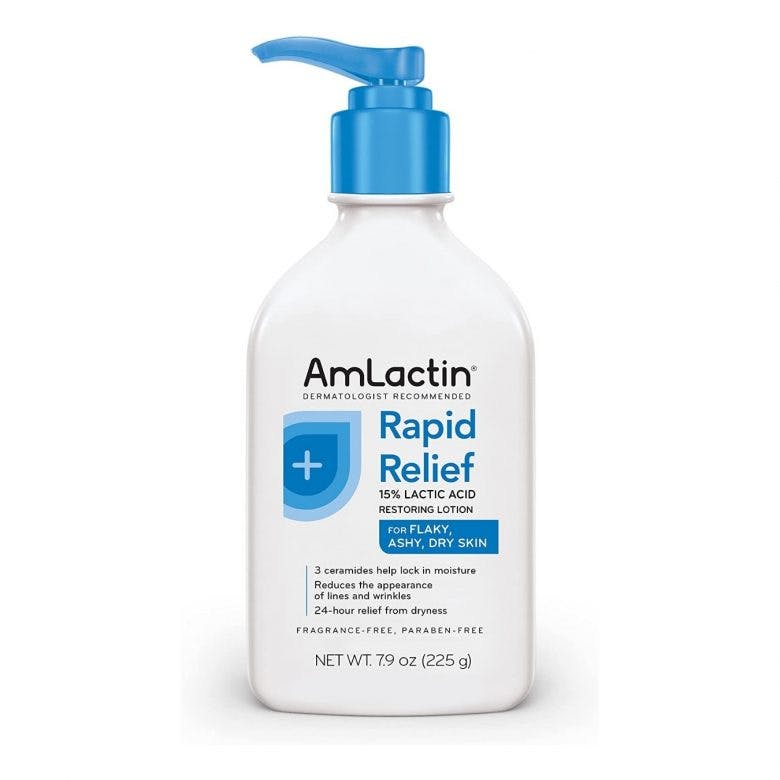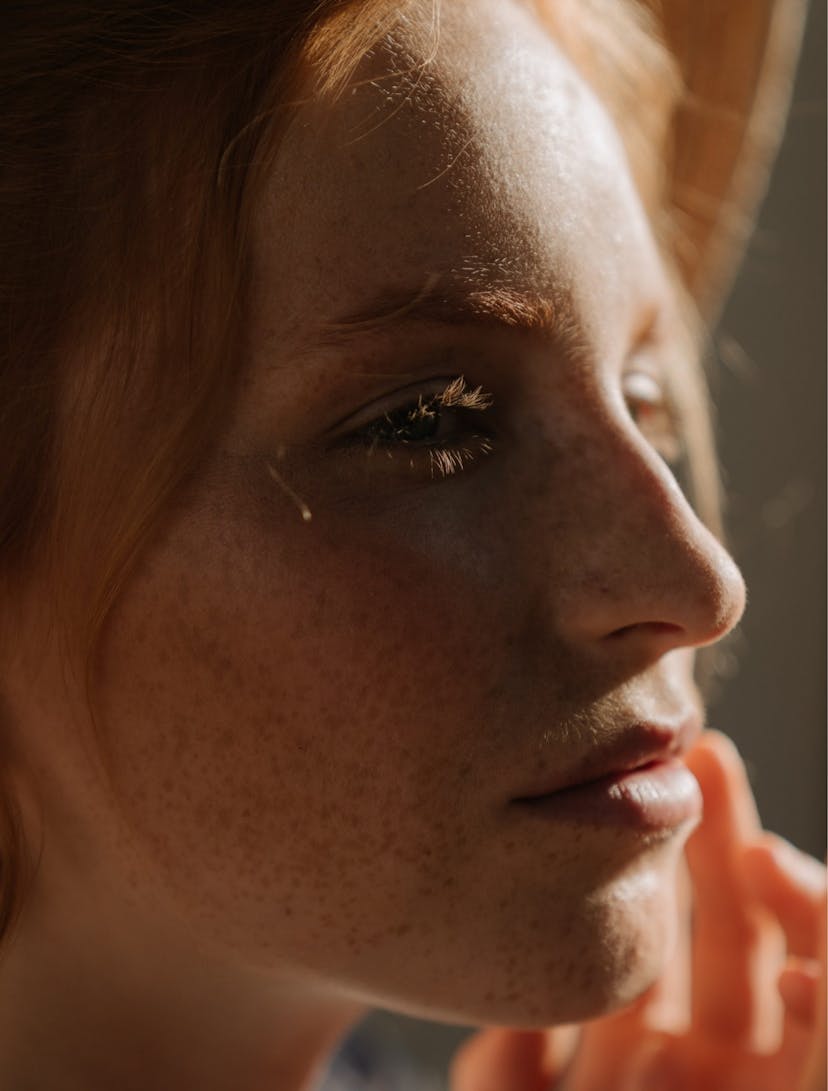Dermatologists Explain How To Treat Post-Summer Age Spots On Your Face
7 minutes read
And just like that, summer is officially over! While all those Bahamas or Barbados postcard-perfect memories will surely last, so are the consequences, like those post-summer age spots on your face.
Don’t fret. Age spots are totally harmless, but if they take a toll on your self-esteem or you find them unsightly, then there are expert ways to remove or fade age spots.
“The medical name for age spots is ‘solar lentigo’. They are harmless patches of darkened skin because of exposure to UV rays over time. They are completely benign and will persist if left untreated. Age spots can be removed if you do not like the appearance,” Dr Mia Jing Gao, Consultant Dermatologist at the Royal Free Hospital, London, tells Beauty Daily.
We consulted with three leading dermatologists about everything you need to know about post-summer age spots on your face – from their causes to cures. Keep scrolling!
What are age spots?
Age spots look like small, flat dark areas on the skin. They vary in size and usually appear on areas exposed to the sun, such as the face, hands, shoulders, and arms.
It can be tricky to differentiate an age spot from a freckle, given their similar appearance. However, freckles tend to fade away post-sun exposure whilst age spots are permanent. So, if yours didn’t go away, you likely have age spots.
Age spots are interchangeably called sunspots, solar lentigines, or liver spots. If you’re wondering why they’realso called ‘liver spots,’ it’s because of their brownish-liver colour.
Age spots are common, especially in people over 40 years. Age spots usually appear in areas with the most sun exposure, although this depends on the amount of sun the skin has been exposed to over the years. It also affects younger people, especially if they spend much time in the sun without proper sun protection.
According to Leslie Baumann, MD, US-based Dermatologist, Researcher and New York Times Best-Selling Author of The Skin Type Solution, age spots are not entirely due to age.
“They are due to sun exposure, light exposure, pollution, inflammation, and dry skin. Combinations of these cause the cell in your skin that makes skin pigment to turn on,” she says.
Did you know too much blue light could also lead to pigmentation? Read next How To Protect Your Skin Against Blue Light
Types of post-summer age spots on the face and treatments
There are many types of age spots, each with a different trigger. From unprotected and prolonged sun exposure and genetics (seborrhoeic keratoses) to hormonal imbalance (melasma), amongst others.
However, according to Dr Jessica Krant, M.D, Assistant Clinical Professor of Dermatology at SUNY Downstate Medical Centre – The age spots you’d most likely acquire due to extreme sun exposure post-summer are sun-induced lentigoes or lentigines – and the pigmentation caused by melasma is most common amongst pregnant women.
“Both are hormonally and genetically induced darkening related to sun and heat exposure,” she says.
Sun-induced lentigoes or lentigines (due to extreme and prolonged sun exposure)
“Age spots can be treated with in-office treatments such as cryotherapy or laser,” says Dr Gao. She adds: “Cryotherapy is a minimally-invasive treatment that freezes skin surface lesions using extremely cold liquid nitrogen and can be an inexpensive and quick treatment for age spots.”
Dr Gao also says that daily sun protection with high factor SPF can lighten age spots over time. In addition, creams containing hydroquinone and azaleic acid can sometimes help.
Adding Vitamin C (also called L-ascorbic acid) to your daily skincare routine is also a promising idea. Vitamin C is best known for its brightening properties and fading age spots abilities.
Check out the products at the Extra-Firming Range. They are all powered by a vitamin C derivative called acerola as its key ingredient. This is a plant alternative that is proven to target sunspots. A powerful addition is also the cult favourite and turmeric-infused Double Serum.

Applying Bright Plus Advanced Dark Spot-Targeting Serum to spots will also help fade away dark pigments.
For people over 40 years, in-clinic usually depends on which area of the body they are, the type of age spots and their size. But they can be shaved under local anaesthetic and can be scraped off and removed by chemical peels or with a laser.
Skincare-wise, dermatologists advise using both OTC and prescription retinoid skin creams, such as Retin A.
Using retinol needs a bit of time and builds some resistance to the active ingredient, moving toward higher doses. Use it twice a week, then build up.
However, for people who neither have the time nor inclination to commit to that level of skincare application, then retinol alternatives can be best.
Beauty Daily recommends products from the Super Restorative Range. It is powered by nature’s retinol, organic harungana, which offers the same effect as retinol without irritation and discomfort.
It helps cells to regenerate and accelerates skin cell turnover, hence the shedding revealing a brighter and reduced appearance of age spots.
Melasma (common amongst pregnant women)
Some pregnant women may develop hyperpigmentation called melasma or the ‘mask of pregnancy.’ Hormones, genetics, pregnancy cause this, and sun exposure combined. However, experts say it is usually not a long-term skin condition and fades within a few months of delivery.
Dr Krant says you may be able to improve melasma’s appearance with regular use of sunscreen and changes in diet and nutritional balance that help to fade dark spots.

Beauty Daily recommends using pregnancy-safe SPF UV PLUS [5P] Anti-Pollution Translucent, £33.00, daily and reapplying every two hours, along with wearing sun-protective clothing, like a sun hat. Wide-brimmed hats that surround the head offer the most protection.
Loading up your diet with antioxidant-rich food may prevent age spots too, plus a healthy diet makes a healthy bump. Win-win. For example, vitamin A (think leafy greens) helps fight free radical damage, and vitamin C (think berries) helps to improve uneven skin pigmentation and boost collagen. While vitamin E (think oils, nuts, and seeds) supports cell function.
Seborrheic Keratosis
Another type you may have been unclued about is what Dr Karan Lal, a US-based cosmetic dermatologist, say is a classic type of age spot- called seborrheic keratosis (SK).
SK have rough surfaces and range in colour from golden and mid-brown to almost black. Although health authorities can’t pinpoint exactly what causes them, it has been suggested that exposure to sunlight and the human papillomavirus (HPV) are risk factors.
Some individuals may inherit the tendency to develop SK from their parents.
It is common in older people, but also younger people have them. You can see this in people in their 50s or even 30s who are fond of outdoor activities. It is common on the face, neck, and back of the hands. They are not infectious and do not become skin cancer.

Dr Lal says that no topical agent is currently approved to treat or remove SK.
“Sometimes these bumps can be itchy and very bumpy. I recommend lactic acid-containing creams such as Amlactin, which can help smooth and make them less bumpy. However, it will not make them go away.
The best way to remove these spots is in the office by a board-certified dermatologist. I use liquid nitrogen therapy or cautery to remove these bumps. Liquid nitrogen is the most used modality to treat, and it causes the bumps to blister and slowly fall off.
This can lead to post-inflammatory hyper or hypopigmentation, so I do not recommend this treatment in cosmetically sensitive areas. In addition, I do not recommend home removal of any bumps as some skin cancers can mimic age spots,” he explains.
Word of Caution: If you spot any freckle, mole, or age spots that change in colour, shape, or size and may find it suspicious, it might be cancerous. A personal history of several sunburns increases the risk of melanoma, a form of skin cancer. Early detection is key. Consult your dermatologist if you find any of these.
Dermatologist-approved ways to prevent age spots on the face
Dr Baumann shares seven steps to remove age spots on the face.
- SPF every day
- Add a serum to your skincare routine that lightens dark spots.
- Use the skin brightening serum morning and night
- Make sure your skin is properly hydrated by choosing a moisturiser that is right for you. (You can find your skin type here)
- Make sure your moisturiser does not inactivate the skin-lightening ingredients you chose
- If your skin is not inflamed or dry, add retinol to your routine at night.
- Be patient- it can take 8-16 weeks for dark spots to lighten.
Read next: The Common Sun-Damaged Skin Conditions, According To Experts
Sign up for our newsletter
We will keep you in the loop for special offers, exclusive gifts and product news.


